Inside Chinese shoppers’ massive appetite for luxury goods: from spending US$131 billion by 2027 and consuming domestically including Hong Kong, Macau and Hainan, to loving brands like Prada and Gucci

Chinese consumers – a massive population with an even bigger appetite for luxury goods, have historically contributed significantly to the growth of the global luxury market, both domestically and internationally.
With rising purchasing power, they will only continue to do so, according to a new report by Business of Fashion (BoF) Insights, which projects how mainland shoppers are set to spend a record US$131 billion on luxury by 2027, surpassing pre-pandemic records.

The report titled “Dynamic Journeys: China Luxury Shoppers at Home and Abroad” cites changes in post-pandemic shopping patterns of the Chinese nation and estimates that US$89 billion of luxury sales – more than half of total spent globally – will take place domestically in China by 2027.
8 Chinese male idols who became the face of beauty brands, from Mac to Nars
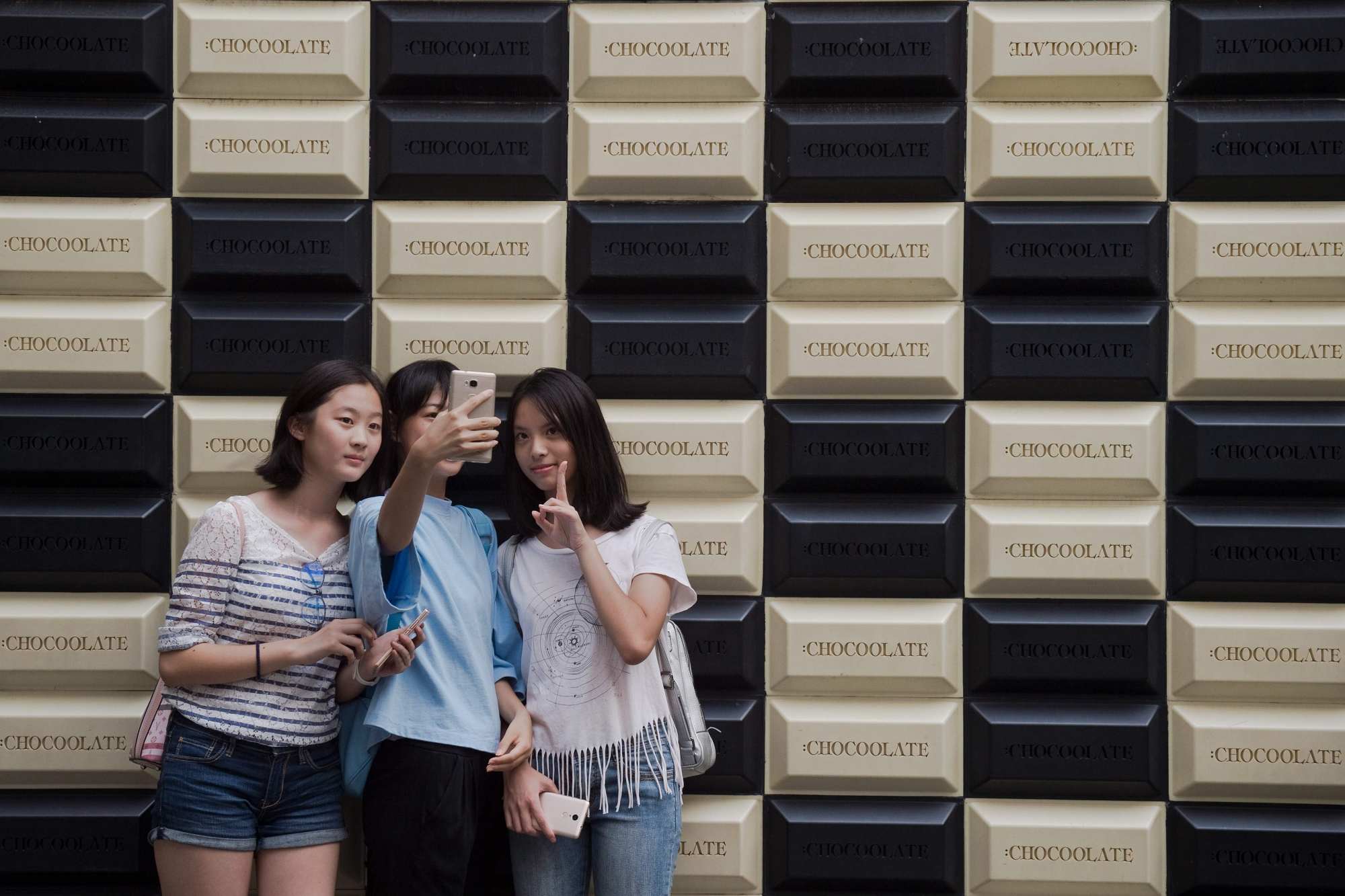
On the other hand, Alliance Bernstein’s (AB) report on “Global Luxury Goods: Insights from the Road in post-Covid China” showcases how the younger Chinese demographic is the leading Chinese luxury shopper, as the “one child policy” results in wealth accumulation among a smaller pool of young people, allowing individuals to inherit assets from two generations.
Travelling abroad
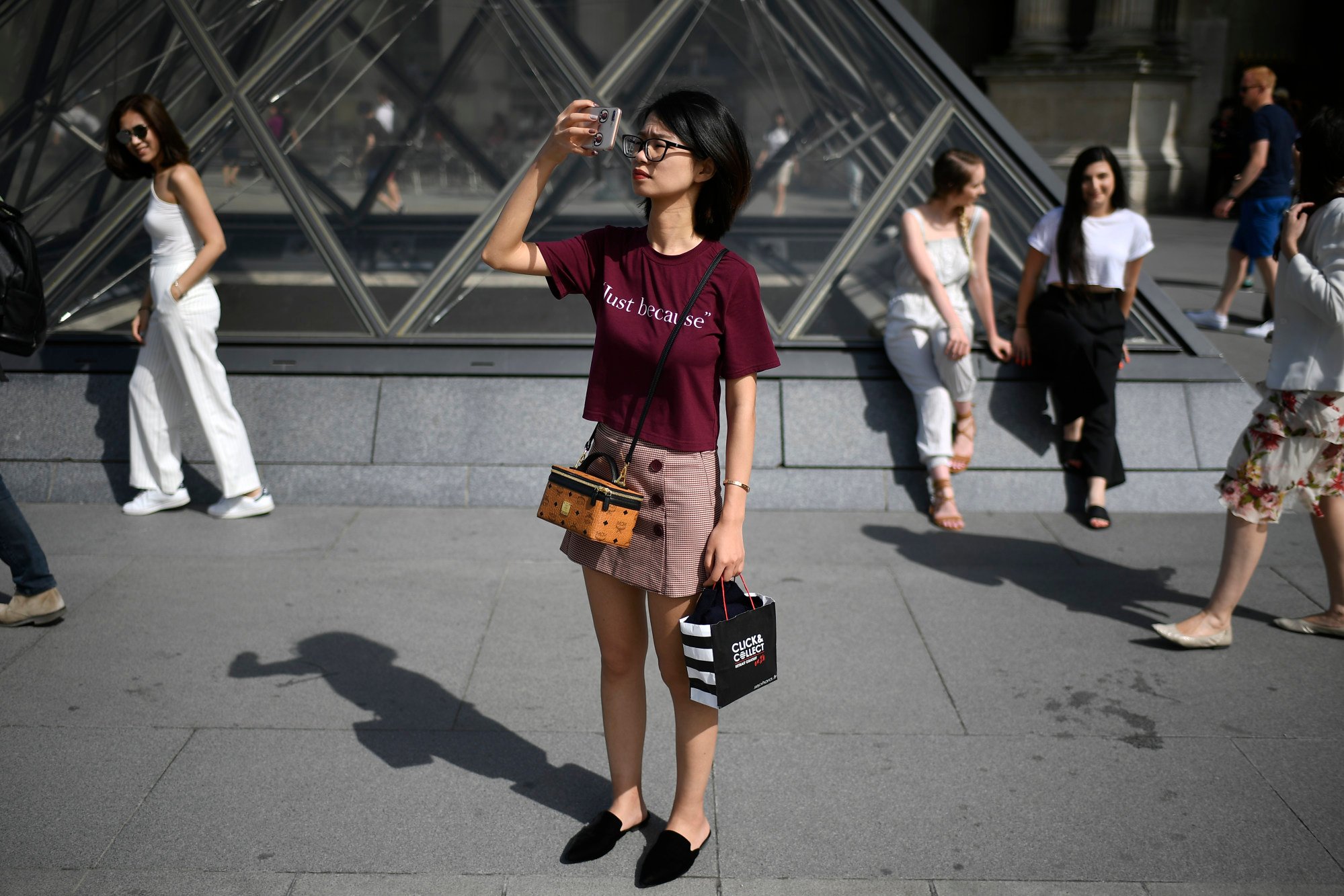
Chinese consumers are known for travelling abroad to shop for luxury goods, given the noticeable price differences between overseas and domestic luxury markets due to tight Chinese customs control, shutting out luxury brands with high tariffs. For instance, before even accounting for the VAT refunds, Chinese shoppers already find European luxury prices cheaper, with customers taking a liking to brands like Prada, Versace and Gucci.
Why is China obsessed with luxury brands? Here are a few factors …
Spending closer to home
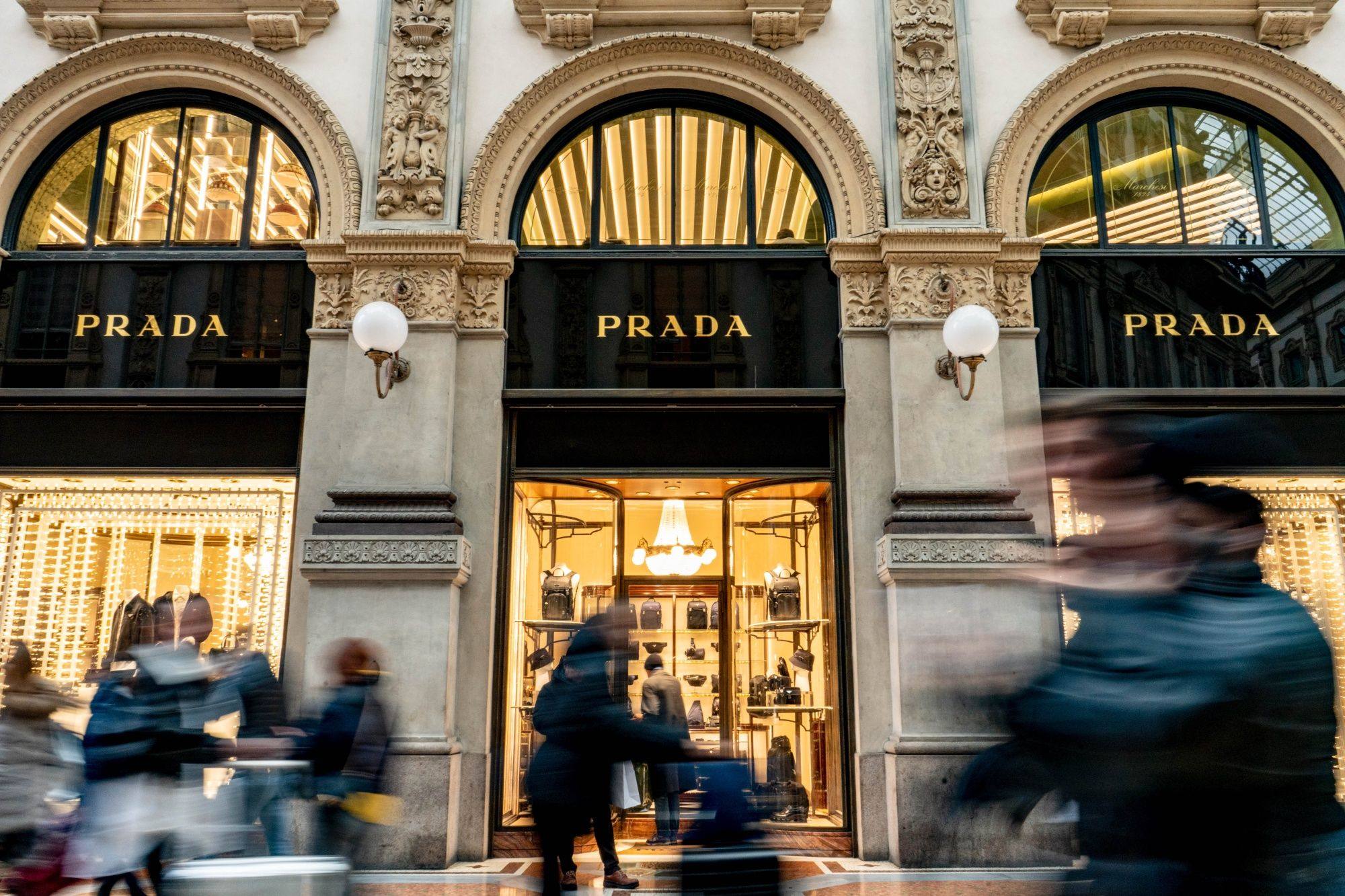
However, the overseas shopping outlook has changed as China opens up amid relaxing zero-Covid policies, with increasing domestic travel trends.
In order to purchase luxury goods during the pandemic, Chinese citizens had to look closer to home and take advantage of public holidays to travel around the nation and shop domestically.
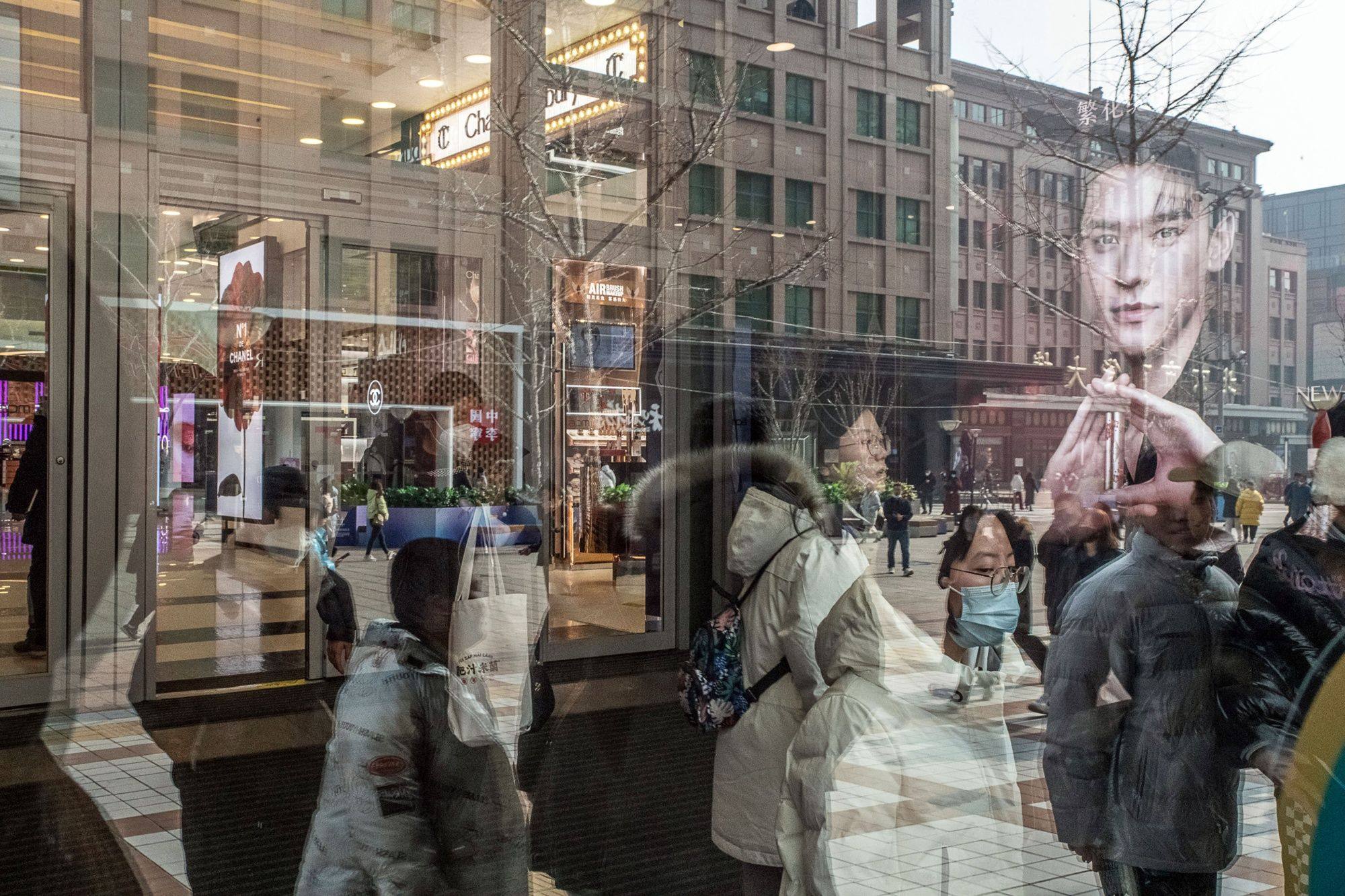
The fact that 85 per cent of Chinese high-net-worth individuals (HNWIs) spent more than US$7,000 on luxury clothing in the past year shows their affluence and willingness to spend. Also, 76 per cent of them spent more than US$1,200 on luxury cosmetics alone.
Nearly all HNWIs and more than two-thirds of Chinese general consumers who were surveyed by BoF said they intend to take leisure shopping trips within China, including Hainan, Hong Kong and Macau.
How singer-actress Chris Lee became China’s new luxury endorsement queen
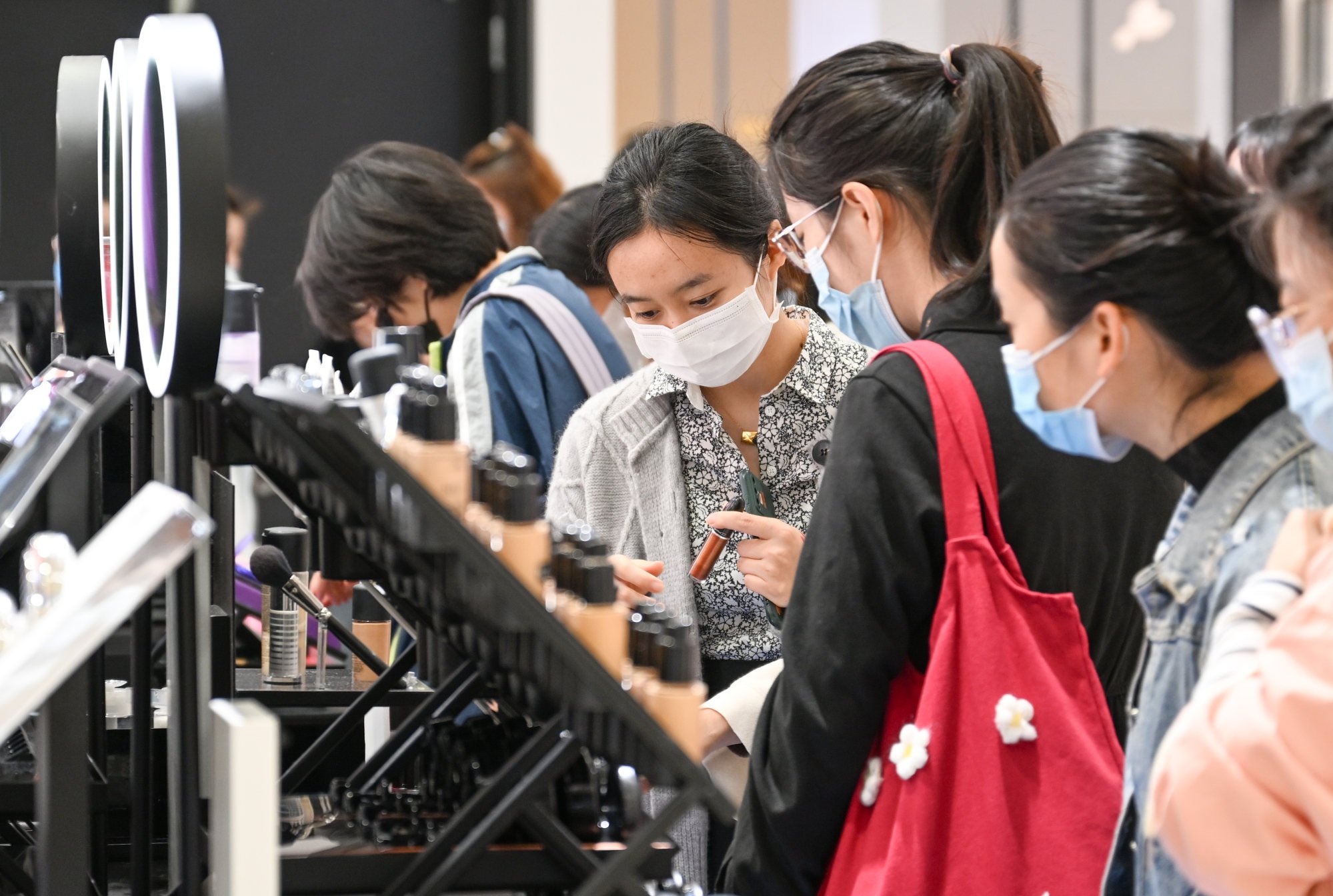
Hainan island, a haven for duty-free shopping, is set to be local consumers’ preferred local holiday spot for the upcoming months as shopping abroad becomes less of a priority, given the growing domestic shopping infrastructure and international luxury brands investing in improving services in China.
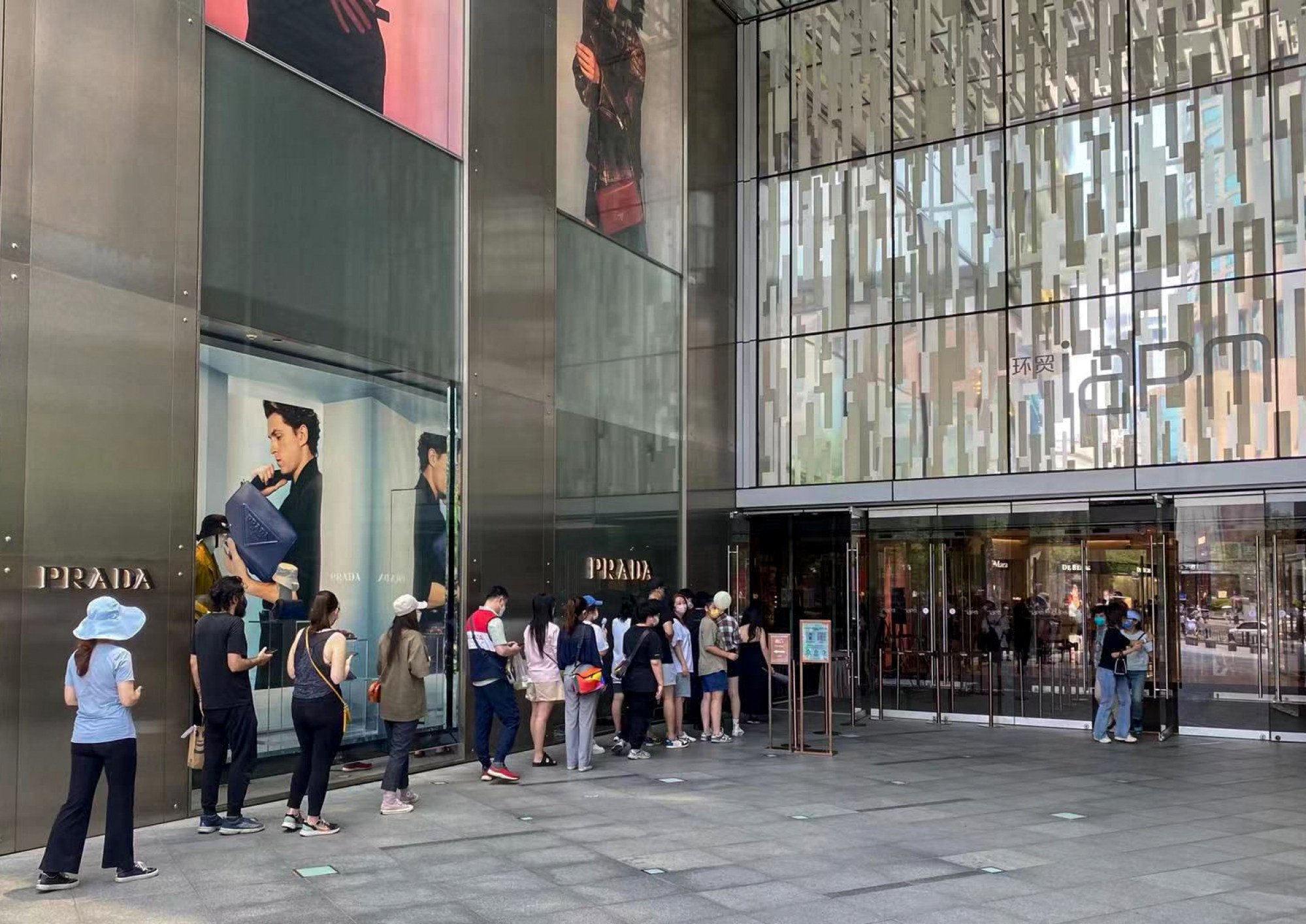
Pete Wang, analyst at Euromonitor explained to BoF that Hainan is not the only local destination gaining popularity among local shoppers, “but so are other Chinese (Tier 2 and 3) cities that are expected to build or improve their own duty-free channels”. He said, “Various forms of duty-free shopping such as on-board cruises or at airports [could] emerge in China over the coming years.”
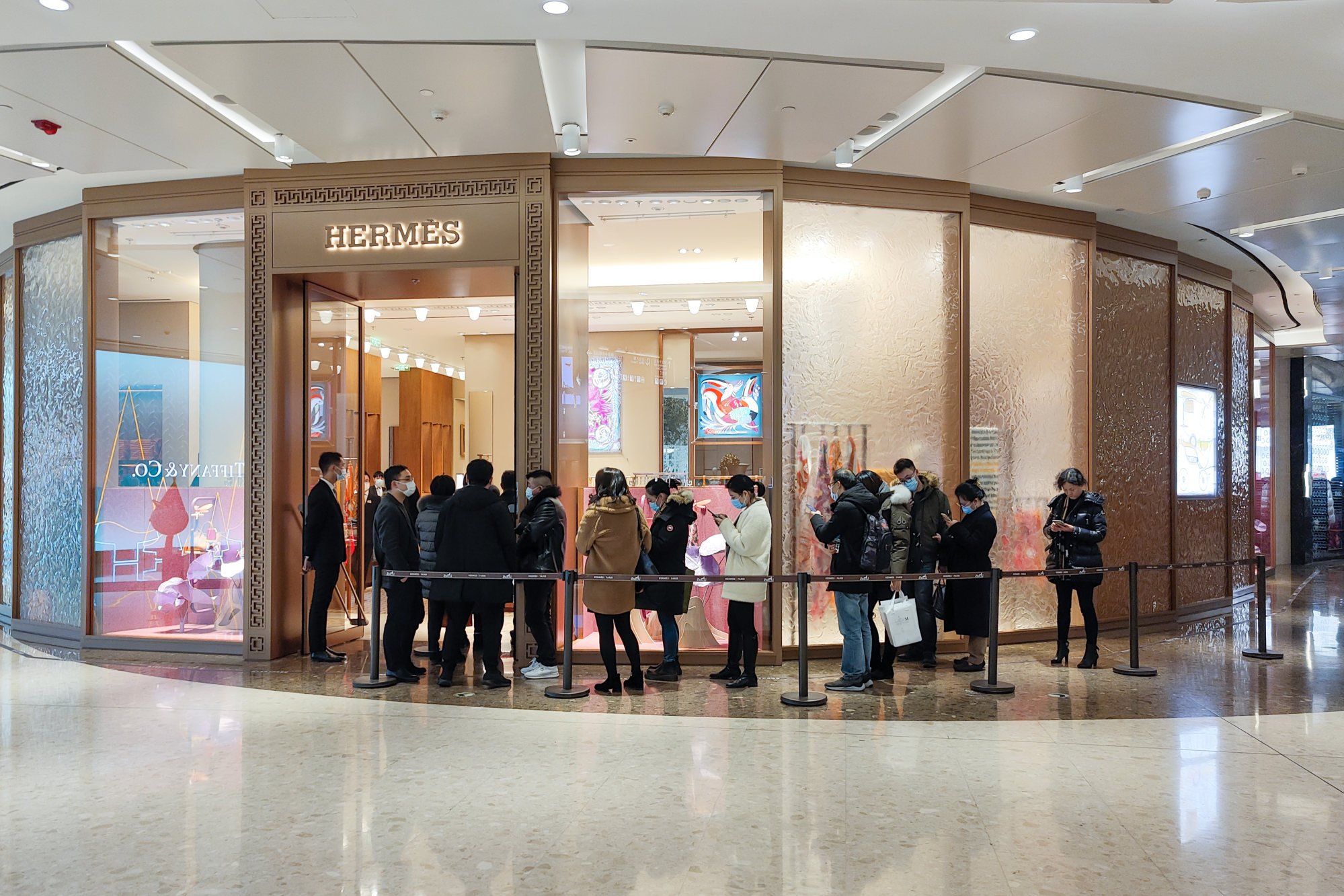
Government initiatives, including plans to boost domestic consumption and tech innovation as the Chinese economy becomes more insular, give Chinese consumers less reasons to travel abroad to shop for luxury. With a richer consumer base, overall statistics only add up to the fact that more is expected to be spent on luxury shopping locally, particularly the younger and richer HNWIs.
Why China’s consumers are buying their Hermès and LV closer to home
Furthermore, 86 per cent of local purchases are expected to be made in-person, solidifying physical retail’s position as a significant factor in driving spending, customer loyalty and brand interaction.
Building brand loyalty
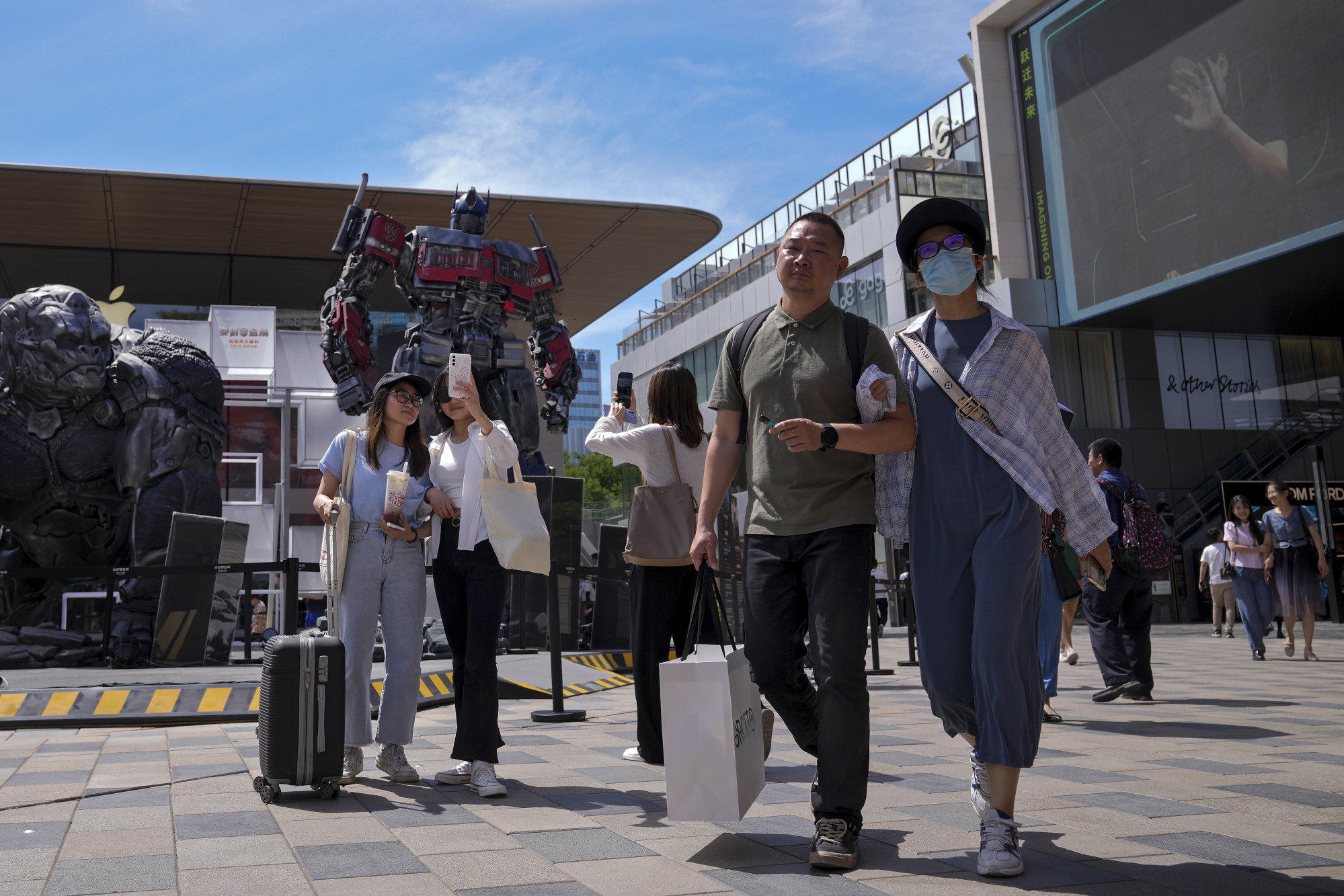
With regards to global leaders in luxury, it is important that they establish a strong presence on WeChat, Douyin and other Chinese digital platforms as they are used for inspiring and generating excitement, and most importantly, earning brand loyalty with distinctive in-store experiences and individualised shopping, whether it is locally in China or abroad.
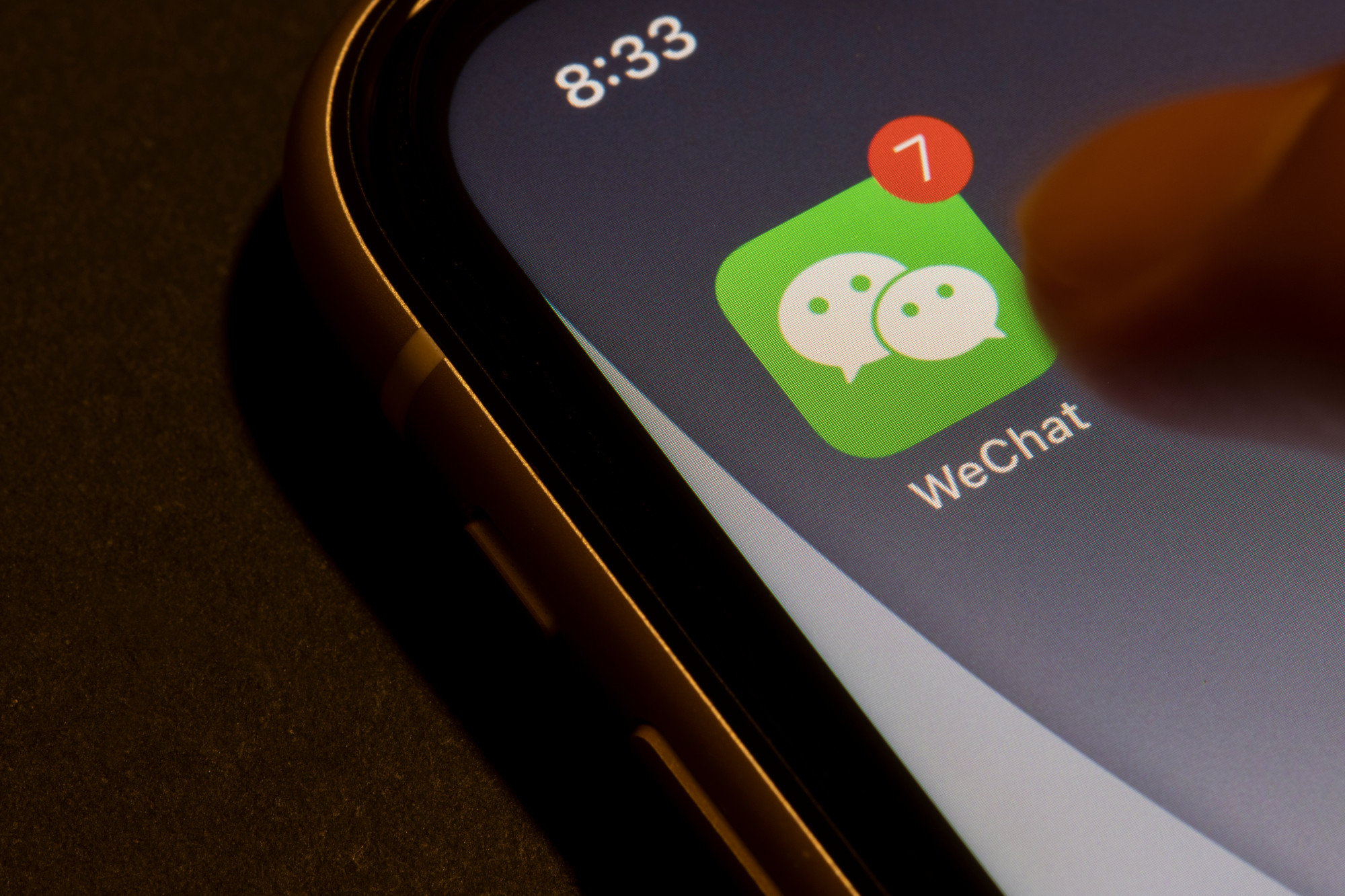
7 Asian celebrities owning the quiet luxury trend – from Suga to Alia Bhatt
Major luxury brands typically rely on their own content rather than paying KOLs, but KOLs still write about them spontaneously to attract attention and likes. A mutually benefiting relationship among the two parties is projected.
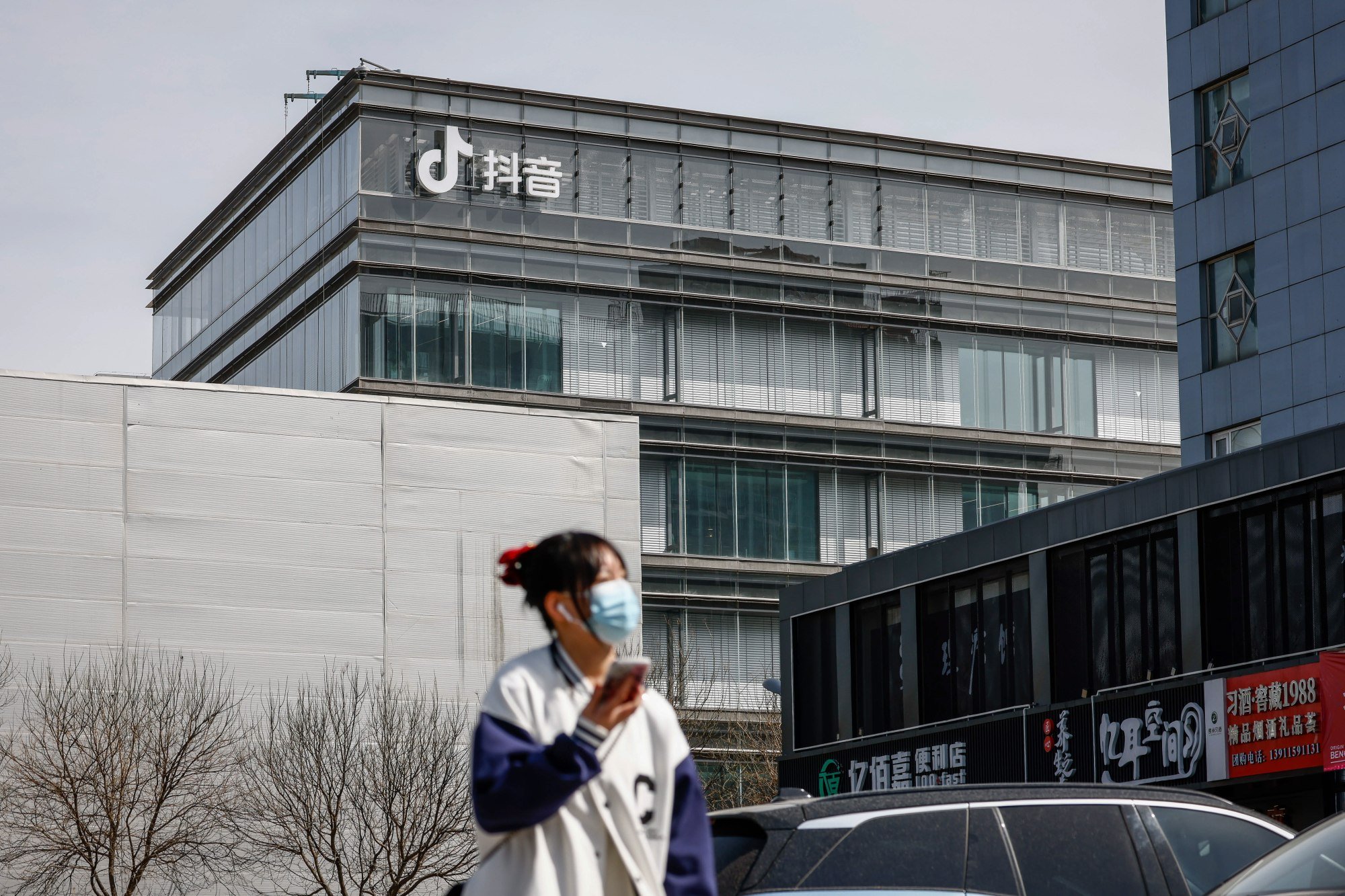
Iris Chan, partner and head of international client development at Digital Luxury Group, tells BoF how international luxury brands are paying tonnes of attention to the Chinese market, which could mean that investment returns are only on the way up.
She says, “Brands must be prepared for customers that have higher expectations than ever. They need to consider that there are more components to the shopping experience [for Chinese luxury customers] than just price.”

- Mainland Chinese shoppers are set to spend a record US$131 billion on luxury by 2027, according to Business of Fashion (BoF) Insights’ new report – they’re expected to shop in Hong Kong and Macau too
- Another report by Alliance Bernstein (AB) shows the younger Chinese demographic leads luxury shopping with a liking for Prada and Gucci, which are earning loyalty through digital platforms like WeChat